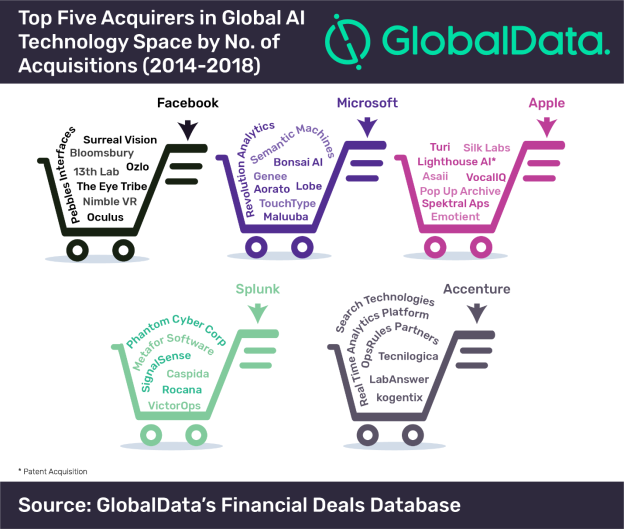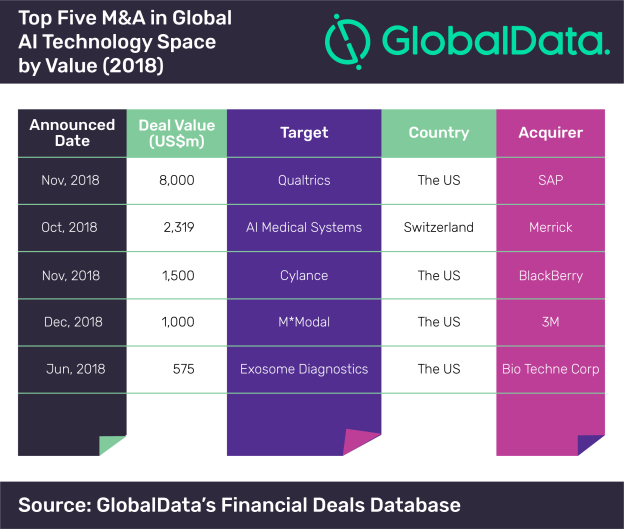It’s almost impossible to keep up with trade war news today – whether it’s U.S.-China, UK’s Brexit, EU vs Tech Giants, or anyone of the 101 international trade dispute cases filed with the WTO since 2015. The fact is, the news changes almost daily. What we do know is that the pace of change in tariffs, regulations, and subsidies has enormous impacts on global businesses and their supply chains, dramatically impacting sourcing decisions, market opportunities, competitiveness, and profitability. In the view of many analysts, this state of constant flux has become the new normal. It also means that businesses will need to find a way to cope.
Supply Chains in the Crosshairs
Trade disputes cause havoc with global supply networks, affecting both supply and demand, as well as logistics providers who move the goods. As we know, changes in tariffs and regulations can throw a wrench into even the best of supply chains. By quickly changing market signals, they can completely alter the economics of a business and leave companies struggling with sub-optimal networks and trading partners. It puts enormous pressure on margins and makes companies more vulnerable to disruptions, market fluctuations, and changes the competitive landscape at home and abroad.
Reconfiguring the links in the supply chain can be a monumental task. In fact, in this Wall Street Journal article Jacob Parker, vice president of China Operations for the U.S.-China Business Council, said, “Businesses are making arrangements to diversify their supply chain investments away from the China market and enacting other structural changes to account for that. It could take about three to five years to build up the supply chain elsewhere.”
While that may be true for some, for others changes in supply and manufacturing will occur much faster, and in many cases are already occurring. Whatever the timescale, in the near term these disputes can leave executives paralyzed by uncertainty and their businesses idling, hoping for global trade issues to subside. That may happen, but at this point, it looks just as likely for the uncertainty to continue. For many, waiting is not an option.
Pressures for Warehousing and Distribution
For warehouses and distribution networks, changes in cost signals brought about by tariffs manifest themselves on two timescales.
Near term: For an importing country facing higher tariffs on imported goods, the business response is as obvious as “Sale Ends Sunday” signage. Businesses will stockpile imports from their traditional suppliers to the greatest extent possible in the months and weeks prior to the imposition of tariffs – before prices go up. Ports and warehouses will operate at max capacity, and nimble businesses will look to move materials into their downstream warehouses and distribution network as quickly and efficiently as possible. For the supplier nation, manufacturers and logistics providers will be stretched in their supply chains as well, looking to match this spike in demand.
Longer term: Because of changing economics, importing businesses will ultimately look for new international sourcing options, new manufacturing capacity, overseas warehouse capacity and possibly new logistics providers. Here the advantage will go to those businesses that can adapt to change most quickly and bring new business partners into their supply network most efficiently. They will need to establish a trading collaboration with shared work processes, communication, business rules for exception handling, and master data management – so all parties are working from a single version of the truth in the trading relationship. Even the domestic supply chain structure may need to change in response to shifting entry points, volumes, and lead times.
A Fundamental Shift: Optimizing for Uncertainty
What businesses need to do is plan and prepare for uncertainty and constant change, which will make their business operations and network more resilient. To minimize the existing uncertainty in the supply chain, while increasing its agility, many are looking at their existing infrastructure and are seeking new ways to make them more adaptable to rapidly changing conditions in demand, supply and logistics.
Because most companies run their businesses and global supply chains with many different enterprise systems, they lack end-to-end connectivity and real-time visibility and collaboration capabilities. Traditional systems, such as ERP, MRP, WMS, and TMS, provide vital functionality, but it is primarily enterprise-focused. B2B networks often suffer from a similar problem, as they evolved from acquisitions and the integration of enterprise systems. While giving the illusion of a unified system, at the core they have multiple data models and databases that must be integrated and synchronized.
These systems introduce latency through batch processing to synchronize the various systems; both internal systems and those of trading partners. They contribute a huge amount of friction and uncertainty to the supply chain, increasing the variability and the need for safety stocks. They create rigid, hardwired connections between systems and trading partners, which make it difficult for companies to adapt systems to new partners, business opportunities, and workflows. They are costly to maintain, and an upgrade is virtually a new implementation, with all the cost, time and risk that that entails. The combination of poor visibility and collaboration, rigid architecture, and untrustworthy data makes it difficult to make effective decisions and identify opportunities and threats in a timely manner.
Removing the Guesswork with Real Time Business Networks
Enterprise systems certainly have a role to play, but to effectively manage global supply chains, trading partners need to share data and work together in real-time, to resolve supply chain issues and exploit business opportunities in a rapidly changing trade environment. Multi-party supply chain networks connect all parties to a single network so they can share data in real-time. This provides a cohesive, connected and transparent supply network, that eliminates delays and minimizes uncertainty and variability. With a permissions framework to control who can see what, companies can quickly enable access for various supply chain roles at each trading partner. All relevant parties can have visibility to demand, inventory, orders, shipments, capacity, and constraints. They can plan collaboratively and work together to resolve issues as they arise during execution, eliminating huge amounts of uncertainty while enabling companies to reduce safety stocks and other buffers against variability.
Because all business partners are on the same network, with planning and execution on the same platform, processes like creating documentation for trade compliance can be automated, streamlining many labor-intensive import and export administrative tasks. These processes can also be preconfigured so that intelligent agents can monitor and alert users to missing customs documentation and other issues to ensure compliance.
With unified solutions like inventory management, warehouse management, yard management, and transportation management all running on the same network, businesses are better positioned to understand actual demand and their various supply and logistics options so they can meet the demand at the lowest costs. Companies can also leverage the network to make better decisions about where and when to move inventory. For example, they can choose to move their goods to new markets where demand is higher, rather than incur tariffs on products where demand is low. And if stockpiling is strategically necessary in order to take advantage of market fluctuations or impending changes to tariffs and regulations, companies can leverage the network for storage, distribution and logistics services.
Digital Transformation is Important and Urgent
Lower inventory levels are one of the major benefits of real-time business networks, with companies typically reducing inventory levels by 10 to 30 percent. This relieves pressure on warehouses, where inventory is frequently stockpiled to provide a buffer against variability and uncertainty. Inventory reduction frees up a lot of capital, reduces storage costs, and significantly reduces the risk of product going unsold or obsolete.
Having access to an unlimited number of potential partners is another powerful advantage of a multi-party network. Whether it’s the need to expand in new markets, or withdraw from others, find new suppliers or new logistics partners, a multi-party digital network also means you are already potentially connected to thousands of new customers and partners. Companies who are not already on the network need only onboard once, as connections are then made virtually as opposed to physically with clicks as opposed to point-to-point hardwired connections. This makes for extremely flexible and agile business ecosystems that are controlled by the business analysts charged with managing supply and demand rather than involving scarce IT resources.
Regardless of the changes imposed by political and regulatory agencies, a real-time business network mitigates risk. They are easy to configure, rapid to adapt, extensive and inclusive, rich with alternatives, and infused with intelligence. Although the financial costs can’t be eliminated entirely, much of the administrative overhead can be, and significant savings can be made through a frictionless transaction platform that removes uncertainty, provides transparency, reduces waste and optimizes the utilization of resources.
Most importantly, for businesses facing the uncertainty of ongoing trade wars and other factors that drive volatility, real-time, multi-party networks provide a digital platform for agile business that can respond to risk and quickly exploit new opportunities. They enable companies to leverage new markets, suppliers, logistics services and other trading partners, to respond to changing conditions and to innovate new business models that keep them profitable and competitive whatever the market throws at them.
_______________________________________________________________
Nigel Duckworth is a senior strategist at One Network Enterprises, provider of an AI-enabled business network platform that enables all trading partners to manage, optimize and automate complex business processes in real time. To learn more, visit www.onenetwork.com or follow ONE at https://twitter.com/onenetwork.
















